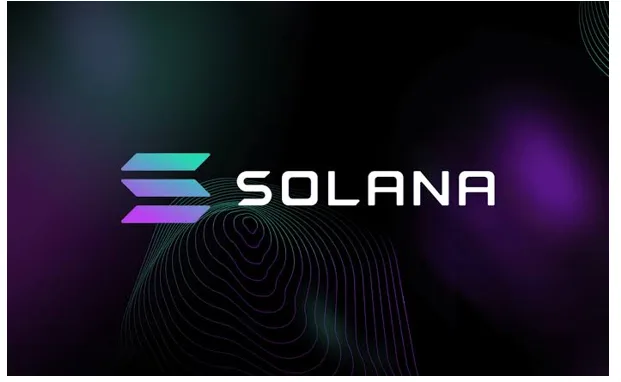The Evolution of Healthcare Support: Integrating Medical Virtual Receptionists
As healthcare systems grapple with mounting administrative burdens and an ever-growing demand for patient-centered services, the Medical Virtual Receptionist (MVR) has emerged as a transformative partner. Far beyond simple call routing, MVRs leverage advanced telephony, cloud platforms, and and increasingly artificial intelligence to handle front-office functions remotely. By offloading tasks such as appointment scheduling, pre-visit intake, billing inquiries, and patient follow-up, they free clinicians and on-site staff to concentrate on direct patient care. In many practices, MVRs work alongside roles such as the Virtual Medical Assistant to cover both front-desk and clinical support duties. In an era where the average physician already spends nearly two hours on administrative work for every hour of face-to-face patient time, MVRs can be the linchpin enabling practices to operate both efficiently and compassionately.
Market Growth and Projections
The global market for Medical Virtual Receptionist services is on a remarkable trajectory. In 2023, total annual revenue stood at approximately USD 0.5 billion, and analysts forecast an expansion to USD 5.9 billion by 2033 representing a 28.1 % compound annual growth rate (CAGR) from 2024 through 2033 .
Meanwhile, a complementary analysis focusing on the broader healthcare virtual-assistant segment (which includes MVRs) estimates the market at USD 1.03 billion in 2023, with projections of USD 12.99 billion by 2032 a 33.24 % CAGR . Such robust growth is driven by factors including:
- Provider demand for 24/7 patient access,
- Rising labor costs and a shortage of qualified front-desk staff,
- Rapid telehealth adoption, and
- Technological advances in AI driven call-handling and natural language processing.
Core Functions of Medical Virtual Receptionists
- Appointment Lifecycle Management
- Scheduling & Rescheduling:Automated or blended human–MVR workflows can reduce no-show rates by up to 30 %.
- Reminders & Confirmations:SMS, email, or phone reminders decrease last-minute cancellations.
- Patient Intake & Triage
- Pre-visit Questionnaires:Collecting insurance details, consent forms, and preliminary medical history.
- Basic Triage:Routing urgent calls to on-call clinicians.
- Billing & Insurance Support
- Insurance Verification:Checking coverage ahead of visits to mitigate point-of-service billing issues.
- Payment Reminders:Generating invoices and following up on outstanding balances.
- Telehealth Facilitation
- Connection Assurance:Ensuring links and portals function correctly, reducing appointment delays.
- Technical Support:Guiding patients through basic troubleshooting.
Key Benefits for Healthcare Providers
Operational Efficiency & Staff Satisfaction
Automating or outsourcing front-desk tasks allows on-site teams to reclaim an estimated 2–4 hours per staff member per day, reducing burnout and turnover among nurses and administrative staff. Practices implementing MVRs report streamlined workflows and improved morale as staff focus on higher-value clinical tasks.
Cost Reduction
- Up to 70 % savings on staffing costs, compared to hiring in-house receptionists, driven by lower hourly rates and elimination of benefits and overhead .
- Average savings of USD 23,712 per outsourced employee annually, when practices convert to virtual reception services, thanks to reduced training, workspace, and equipment expenses .
Enhanced Patient Engagement & Satisfaction
With MVRs providing 24/7 access, patient satisfaction scores can increase by 15–20 %, as measured by post-visit Net Promoter Scores (NPS). Prompt responses to inquiries and seamless scheduling contribute directly to patient loyalty and retention.
Scalability & Flexibility
Whether scaling up for seasonal surges (e.g., flu season) or expanding to multiple practice sites, MVRs adapt without the delays and costs associated with hiring, onboarding, and training additional on-site staff.
Addressing Common Challenges
- Resistance to Change: Early engagement with front-desk staff—highlighting workload relief and upskilling opportunities—facilitates buy-in.
- Technical Integration Hurdles: Pilot programs on a single department or site can uncover EHR-API issues before full rollout.
- Patient Trust & Awareness: Proactively communicate the MVR role in pre-visit emails and on practice websites to set expectations.
Future Outlook
As AI capabilities mature, we can expect MVRs to handle increasingly complex tasks:
- Predictive Scheduling:Using historical no-show and seasonality data to optimize appointment slots.
- Sentiment Analysis:Detecting patient frustration or urgency in voice and chat interactions to prioritize responses.
- Multilingual Support:AI-driven translation widening access for diverse patient populations.
By 2028, industry analysts anticipate that over 60 % of mid-sized practices and nearly all large health systems will have adopted some form of MVR, making this an essential component of modern practice management.
Integrating Medical Virtual Receptionists is more than a cost-cutting measure, it is a strategic imperative for any forward looking practice. By embracing MVRs, healthcare organizations can unlock higher productivity, deepen patient engagement, and position themselves at the leading edge of digital health transformation.




